Edward Robert Hughes (1851-1914)
Get a Hughes Certificate of Authenticity for your painting (COA) for your Hughes drawing.
For all your Hughes artworks you need a Certificate of Authenticity (COA) in order to sell, to insure or to donate for a tax deduction.
Getting a Hughes Certificate of Authenticity (COA) is easy. Just send us photos and dimensions and tell us what you know about the origin or history of your Hughes painting or drawing.
If you want to sell your Hughes painting or drawing use our selling services. We offer Hughes selling help, selling advice, private treaty sales and full brokerage.
We have been authenticating Hughes and issuing certificates of authenticity since 2002. We are recognized Hughes experts and Hughes certified appraisers. We issue COAs and appraisals for all Hughes artworks.
Our Hughes paintings and drawings authentications are accepted and respected worldwide.
Each COA is backed by in-depth research and analysis authentication reports.
The Hughes certificates of authenticity we issue are based on solid, reliable and fully referenced art investigations, authentication research, analytical work and forensic studies.
We are available to examine your Hughes painting or drawing anywhere in the world.
You will generally receive your certificates of authenticity and authentication report within two weeks. Some complicated cases with difficult to research Hughes paintings or drawings take longer.
Our clients include Hughes collectors, investors, tax authorities, insurance adjusters, appraisers, valuers, auctioneers, Federal agencies and many law firms.
We perform Edward Robert Hughes art authentication, appraisal, certificates of authenticity (COA), analysis, research, scientific tests, full art authentications. We will help you sell your Edward Robert Hughes or we will sell it for you.
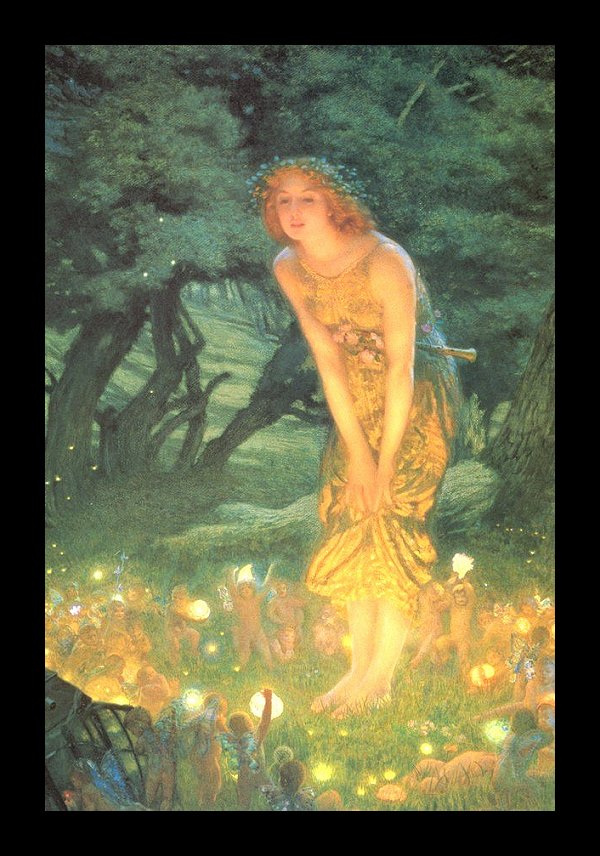
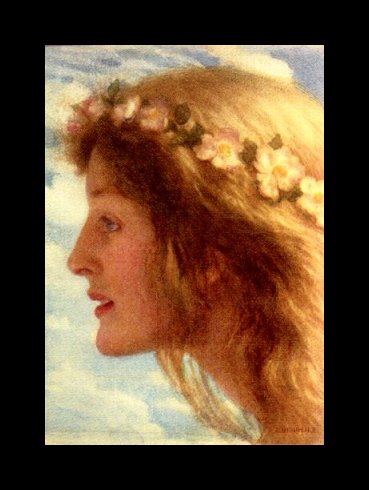
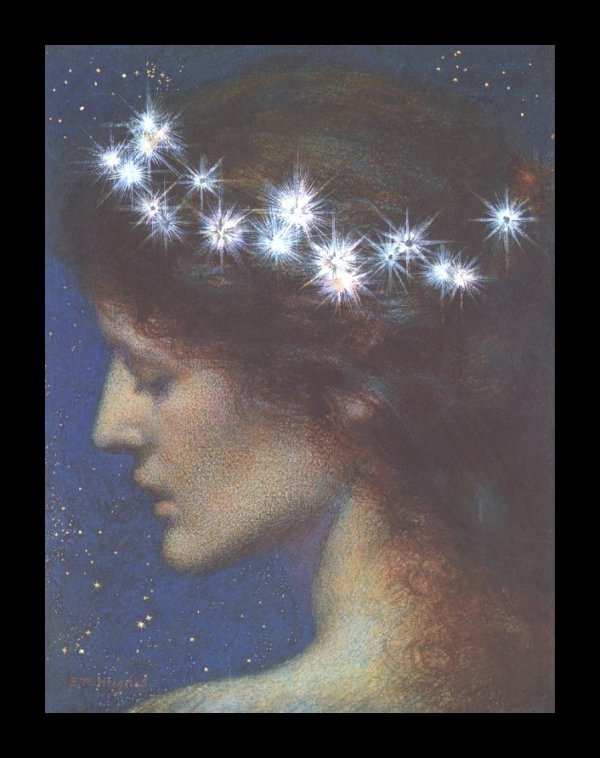
Edward Robert Hughes was one of the best-known pre-Raphaelite English painters of his time. He was known for his mystical paintings of faeries, maidens and mythological figures cast in a soft glowing light, which he achieved with watercolors and gouache.

Hughes was born in London to a Welsh family. He was the nephew of painter Arthur Hughes, and was influenced and taught by him early on. Hughes entered the Royal Academy under the encouragement of his uncle and met a number of other famous artists of the day, including fellow Golden Age painter and illustrator Walter Crane. With his new friends, Hughes studied and admired the work of watercolorist Edward Burne-Jones, and they all practiced emulating his style.
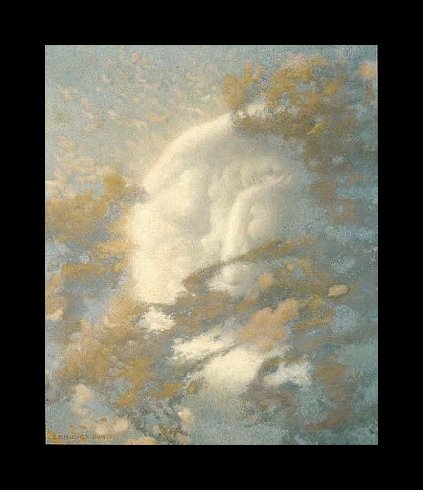
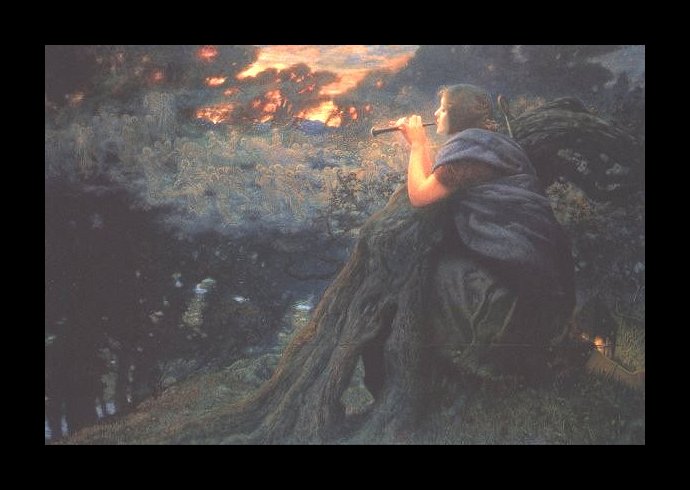

He began to exhibit at the Royal Academy in 1872 when he finally had his own studio. That same year, he met his idol, Burne-Jones as well as the poet George MacDonald. Hughes was in fact engaged at this time to one of MacDonald’s daughters, who sadly died before their wedding day. Hughes eventually married and began to exhibit frequently at the Royal Academy, showing mainly portraits, which he was said to have created a great many of throughout his career.
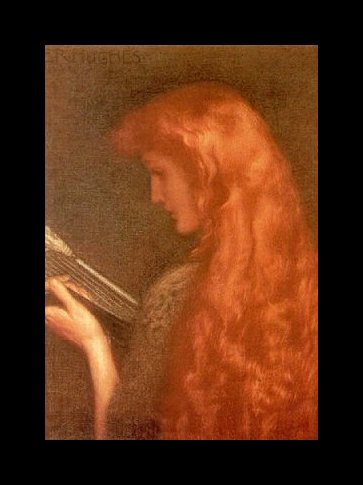
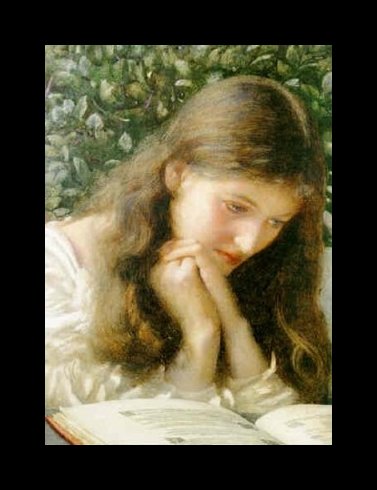
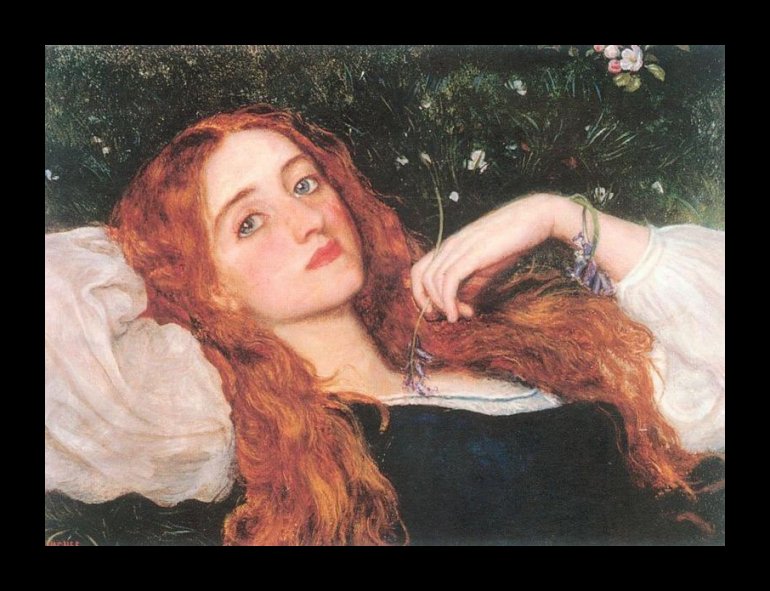
Hughes continued to exhibit with the Royal Watercolor Society, Grosvenor Gallery and the British Institution, all venues which seemed to support his emerging style of symbolism and pre-Raphaelite influences. Art historians note that Hughes was particularly fond of creating scenes with blue tones, and also of featuring themes from Italian literature. These scenes would be complete with dramatic drapery, gold highlights and an all-encompassing mystical aura.

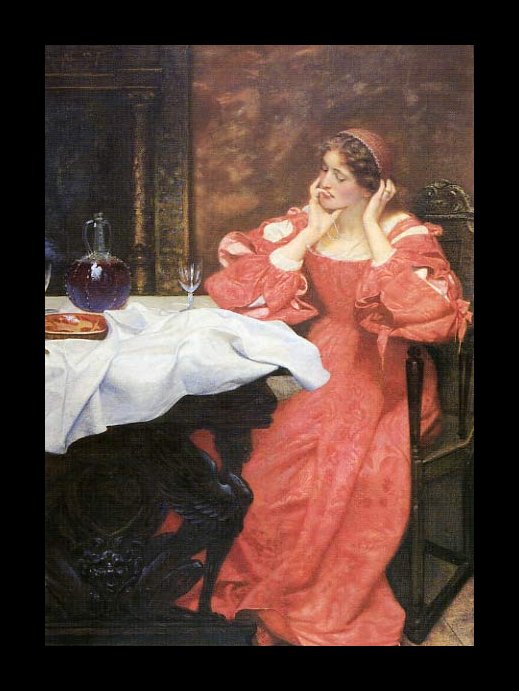
Though England was enjoying somewhat of an artistic revival at the height of Hughes’ popularity, he was highly appreciated abroad as well. Art patrons in Germany and Austria particularly were fond of his style and he also received a great deal of attention in Venice. Hughes also became well known at this time for his depiction of nudes, an honor that he was particularly proud of. He created many studies for his nudes and other paintings, and was meticulous when it came to the final product of his compositions. Meticulous observations in nature and painstaking detail went into every one of his paintings, and was the mark of a true pre-Raphaelite.
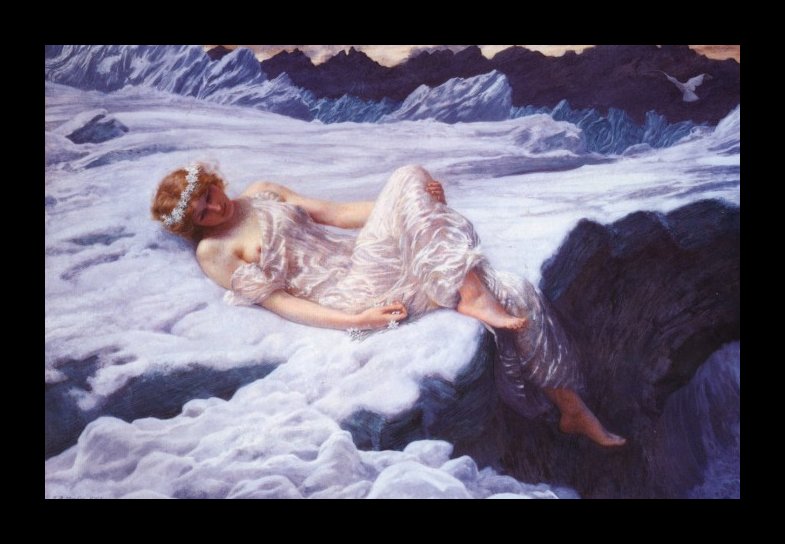
Hughes collaborated with a number of painters throughout his career, both as an assistant and a mentor. He was the Vice President of the Watercolor Society from 1901-1903, and was noted as being very kind and much loved by his fellow artists. He assisted the painter Holman Hughes in his paintings when his eyesight began to fail, and helped him to create his famed painting “The Lady of Shalott” and was said to have used him again and again to continue painting despite his impending blindness.
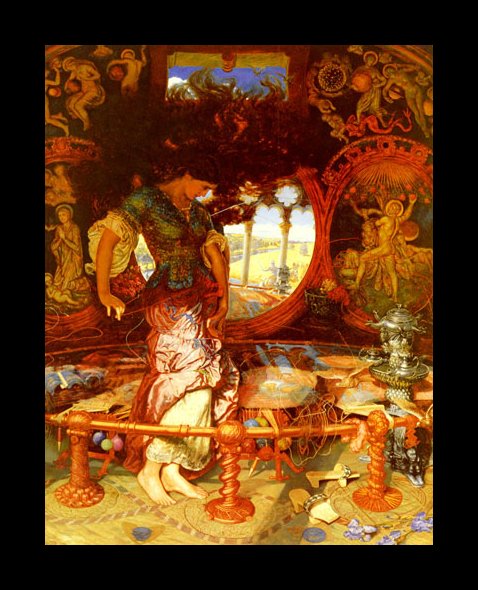
Hughes died in 1914 after an unsuccessful operation, after which, his friends rallied together to purchase and donate his painting “Night and Her Train of Stars” to the Birmingham Art Gallery.
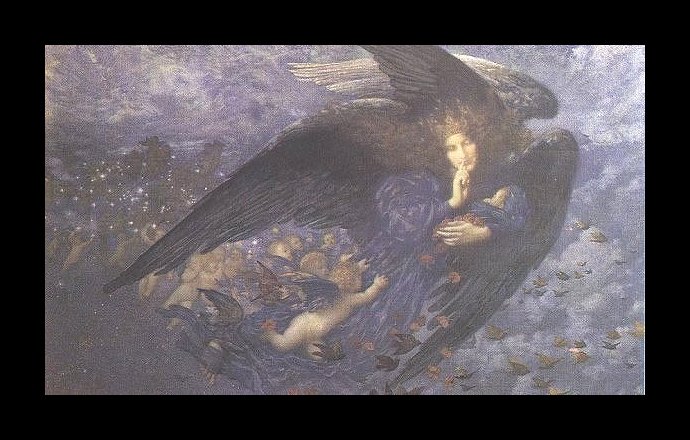
Today, his paintings are highly valued by collectors at auction for their mystical qualities, whimsical characters and pleasant composition. Still wondering about a late 19th century British painting in your family collection? Contact us…it could be by Edward Robert Hughes.
Reviews
1,217 global ratings
5 Star
4 Star
3 Star
2 Star
1 Star
Your evaluation is very important to us. Thank you.
